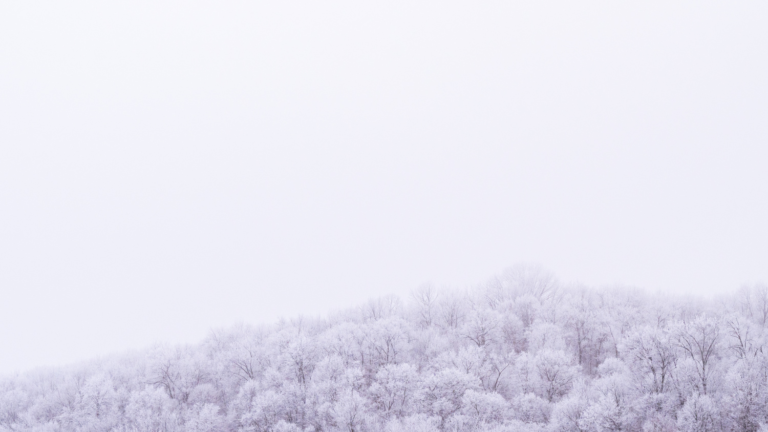For many, the snow is starting to fly, and the temperature is dropping. That isn’t a reason to put your camera into hibernation for the winter and dust off the dust in the spring. Winter can be a great time to create a few new photographs while keeping yourself and your gear protected. Here are five tips for keeping your camera gear safe and yourself warm!
Batteries Drain Fast in the Cold
Our cameras are useless without power, and batteries drain significantly faster in colder weather. Carrying more batteries might be one option, but realistically, it’s not economical. So, how do we stop our batteries from draining in the cold? Keep them warm! I like to throw them inside my coat, or even in a pants pocket. The heat from your body will allow you to keep your batteries warm, and in return, you should decrease the drainage of your batteries. Most of all, remember to bring EXTRA batteries as well!
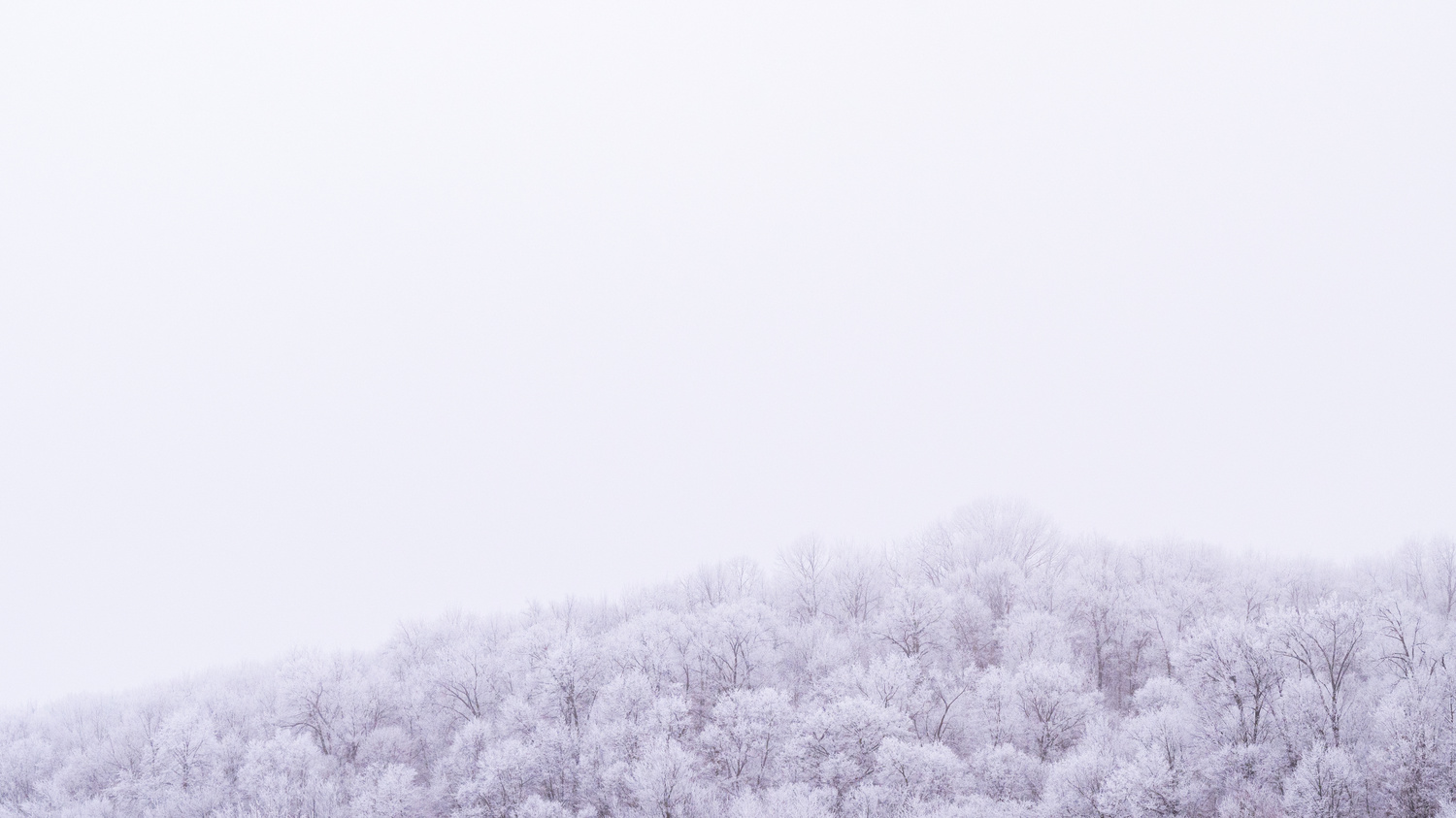
Exposure Compensation
Bright objects always tend to trick your camera’s light meter, and snow is no different. If you’re a photographer who likes to use aperture priority, shutter priority, or program mode, then you may already be aware of exposure compensation. When your camera is metering for a scene full of white snow, your camera will think the scene is too bright. When you use these priority modes, the camera will compensate and make the exposure darker due to the whiteness of the snow, ultimately making your snow look gray. Increasing your exposure compensation between +0.3 EV and +0.7 EV allows you to expose your snow correctly, leaving it a bright white.
You may be thinking, what if I shoot in manual mode? That’s easy as well. You will change either the camera’s shutter speed, aperture, or ISO between +0.3 EV and +0.7 EV, depending on the look of the photo you want to achieve. A quick tip is to ensure you’re looking at the back of your camera’s LCD screen to check for proper exposure and try a few different exposures. Remember, if you are shooting in manual mode, you cannot adjust your camera’s exposure compensation.
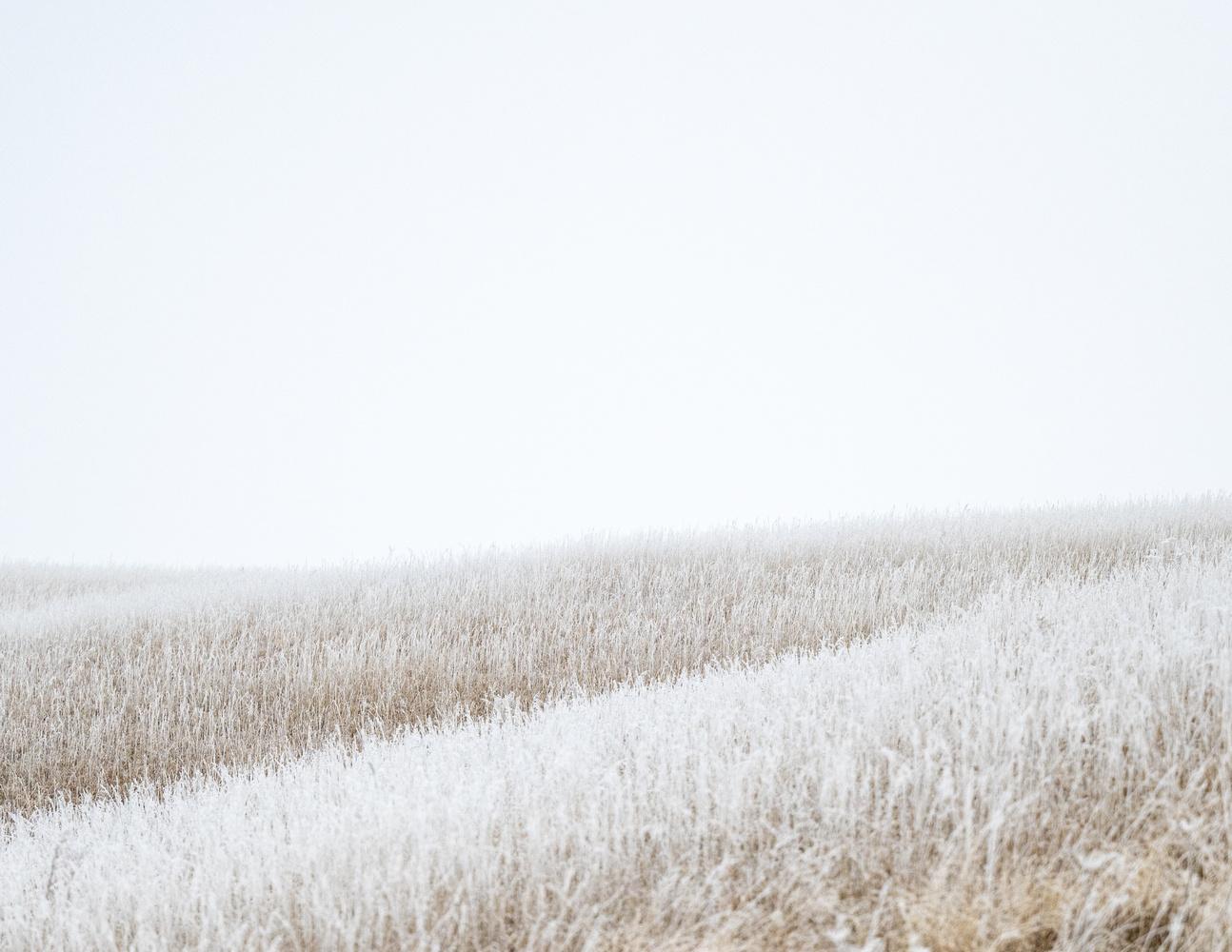
Protect Your Gear From the Enemy, Moisture
In general, cold weather will not damage your camera, but moisture will! You have probably noticed that when you walk outside, your camera’s lens fogs over. This is due to the lower temperatures outside versus the warmer indoor temperatures, which cause condensation to form. Even though you can wipe off the condensation from the outside of the camera, you must remember that condensation can form on the inside of the camera as well. The condensation that forms on the inside of your camera can damage the electrical components of your camera and lens.
How do we combat this issue? A plastic bag or container. Placing your camera in a plastic bag or container allows for the dramatic change in temperatures, and the camera should be handled carefully, as the condensation will form on the bag. It’s not 100% foolproof, and some condensation could still form, but it should be a very minimal amount.
What happens if your camera has condensation on it? Using a microfiber cloth to try and wipe it off is recommended. Be careful not to wipe too much, as we don’t want to spread the moisture around excessively. When returning home, I place my camera bag inside another bag and wait about two hours. This will allow for slow and subtle changes in temperature, allowing the camera and lens to warm up gradually, and in turn, no condensation should form.
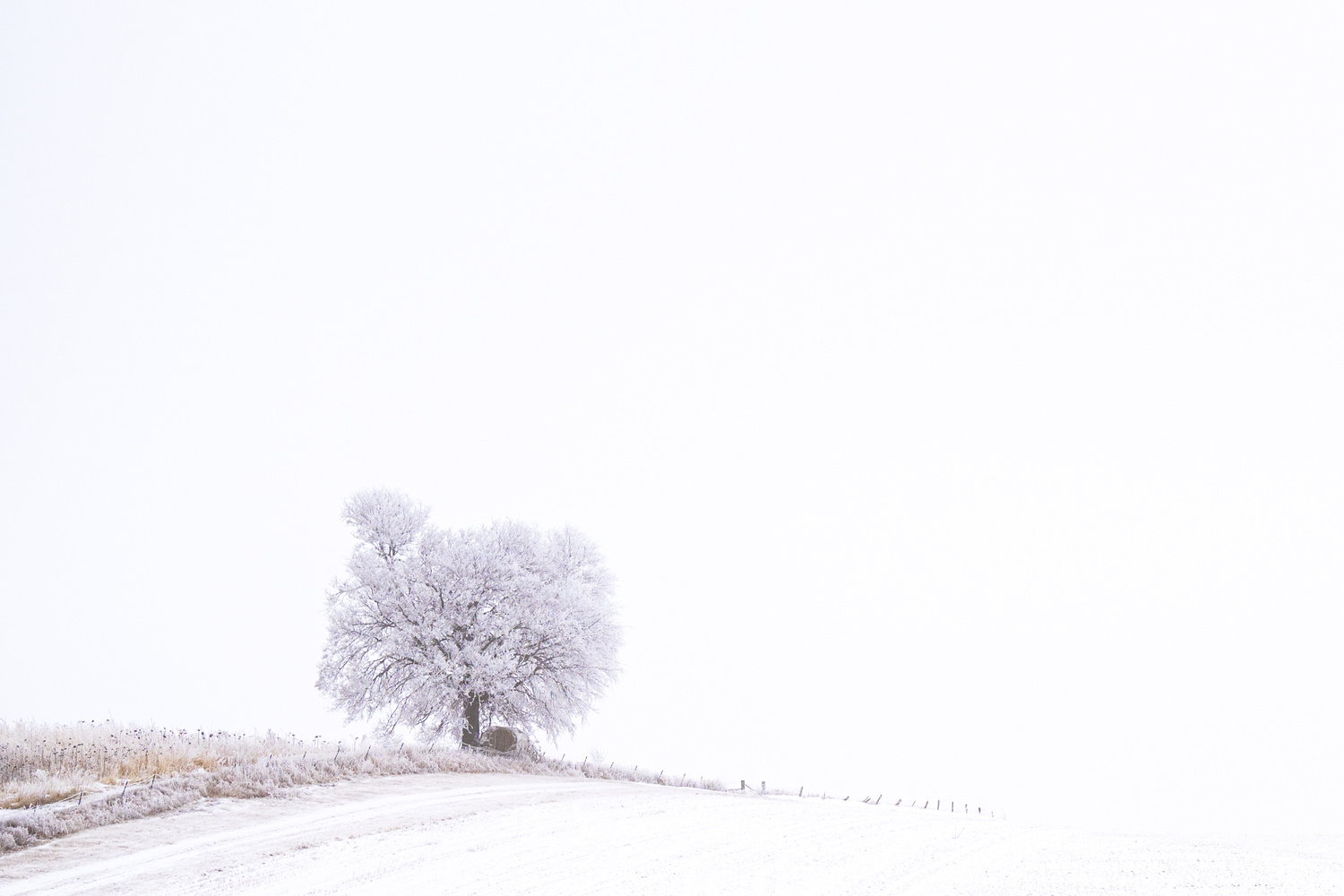
Add Contrast
An image full of snow lacks one thing: contrast! Images may lack color and depth; thus, adding contrast during your post-processing workflow will help these images come alive. I suggest increasing the blacks, saturation, and shadows in your images as well.
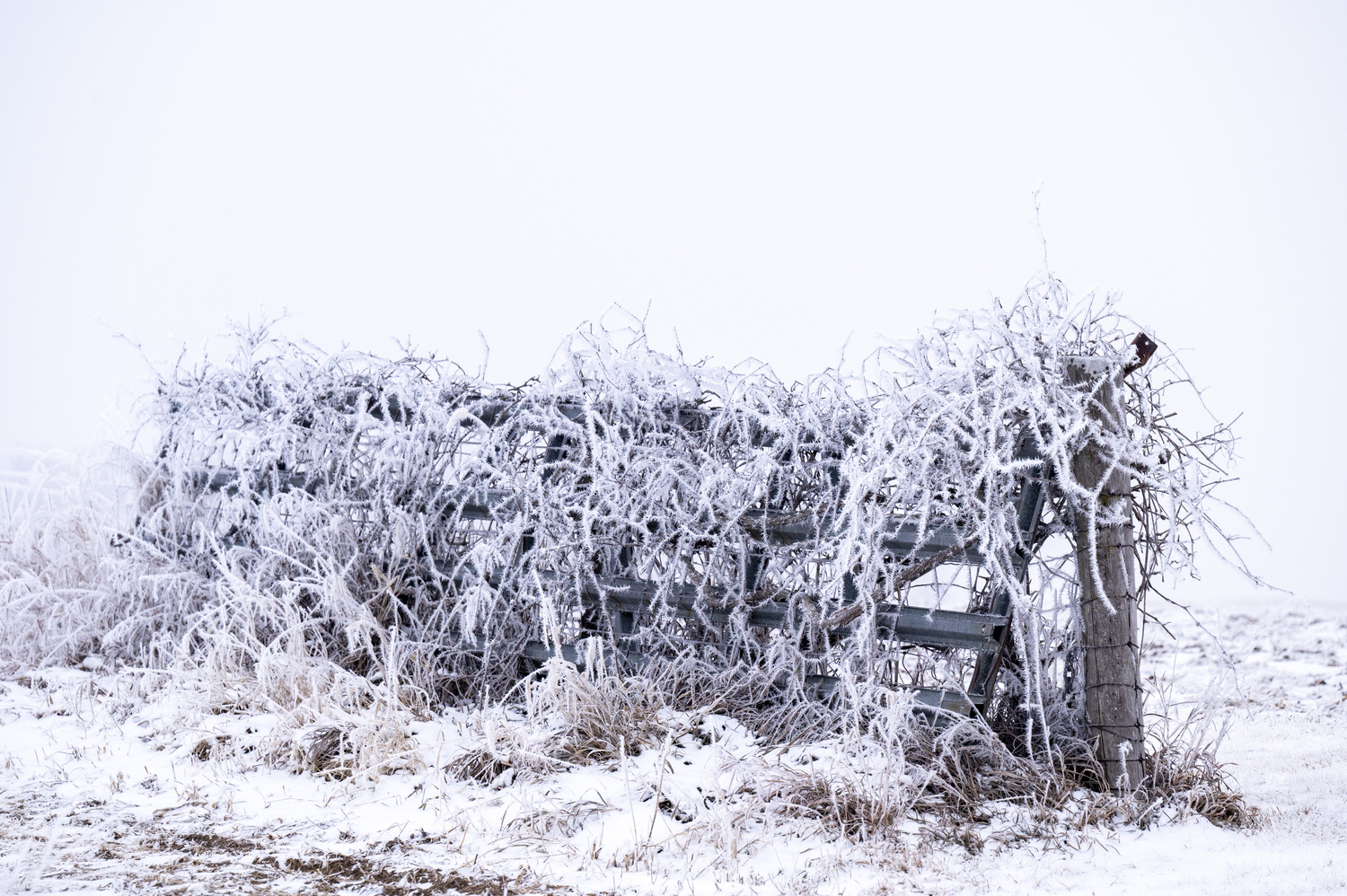
Bonus: Gear, the Non-Photographic Type.
- Promaster Gloves: No one wants cold fingers while making images, and when using gloves, they get in the way of trying to push buttons and turn knobs! I found the Promaster gloves pretty handy as they were designed for use while out shooting and having a camera in your hand. The index and thumb tips fold back, allowing you to use your camera controls with ease and are held back with a small magnet. The material on the index finger is made of a substance that will allow you to use your camera’s touchscreen as well! They come in knit and four-layer. Personally, I prefer the four-layer gloves because they are warmer!
- Ice Cleats: Where there’s snow, there’s ice. A good pair of ice cleats that attach to the bottom of your boots is a lifesaver. Better traction on ice is beneficial, as it will allow you to avoid slipping and falling, thereby reducing the possibility of damaging your camera and lens.
- Hand Warmers: I love these. I like to throw them in my pockets, and they give me extra warmth. They are also relatively inexpensive.
- Columbia Boot: I also love my Columbia boots. A great pair of winter boots may not always be the cheapest, but they are an investment that helps keep your toes warm. Who wants cold toes? I love any item from Columbia that features the Omni-Tech material, a reflective fabric that enhances warmth!
Don’t let the cold winter weather prevent you from leaving the house with your camera to create stunning winter images, especially after a fresh snowfall. With a few tips and tricks up your sleeve, you can make amazing photographs and stay warm all at once!
